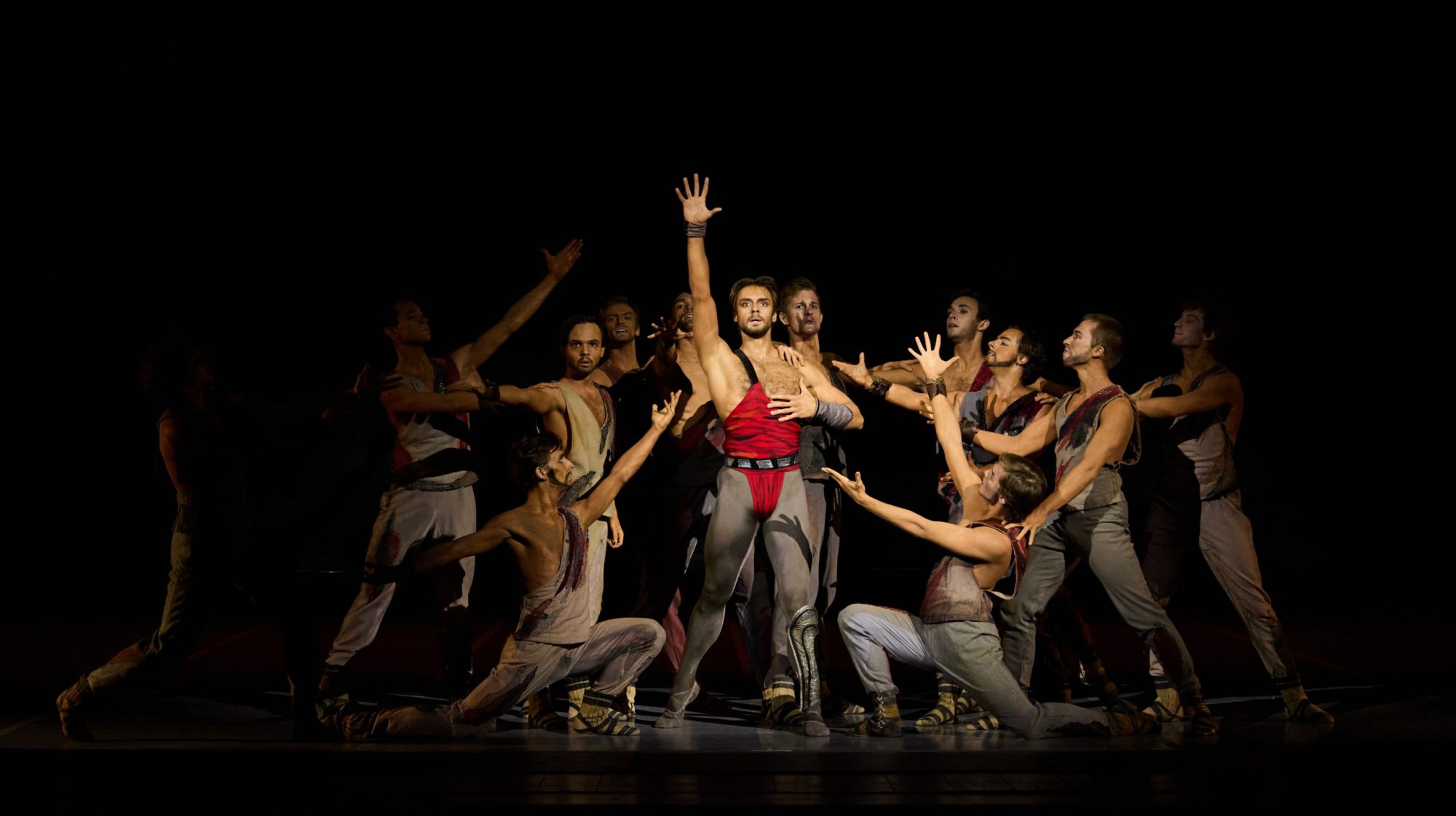“Nicholas Roerich”
New Tretyakov Gallery
Moscow, Russia
November 2023
by Ilona Landgraf
Copyright © 2023 by Ilona Landgraf
 “Have you ever crossed a rapidly flowing river in a boat? It is always necessary to steer higher than the spot towards which you are headed, otherwise you will be taken downstream. So, too, in the sphere of moral demands it is always necessary to steer higher – life takes everything downstream. Let your messenger hold the helm high, then he’ll reach his destination.”
“Have you ever crossed a rapidly flowing river in a boat? It is always necessary to steer higher than the spot towards which you are headed, otherwise you will be taken downstream. So, too, in the sphere of moral demands it is always necessary to steer higher – life takes everything downstream. Let your messenger hold the helm high, then he’ll reach his destination.”
Such was Tolstoy’s comment regarding the painting The Messenger: Tribe Has Risen Against Tribe (1897), a graduation work at St. Petersburg’s Imperial Academy of Arts submitted by twenty-three-year-old Nicholas Roerich (1874 – 1947). It depicts an old messenger sitting in a wooden boat next to an oarsman. The messenger’s stooped shoulders and downcast gaze suggest that he’s delivering bad news. In the distance, a Slavic settlement is outlined against the night sky. Sergei Diaghilev, in his review of the graduation works for the newspaper Novosti, called The Messenger one of the most interesting works in the exhibition, and it was one of three in total the collector Pavel Tretyakov chose for his Moscow gallery. The Messenger is one of the highlights of the Tretyakov Gallery’s current “Nicholas Roerich” exhibition, which celebrates the artist’s 150th anniversary. Continue reading “The Messenger”








